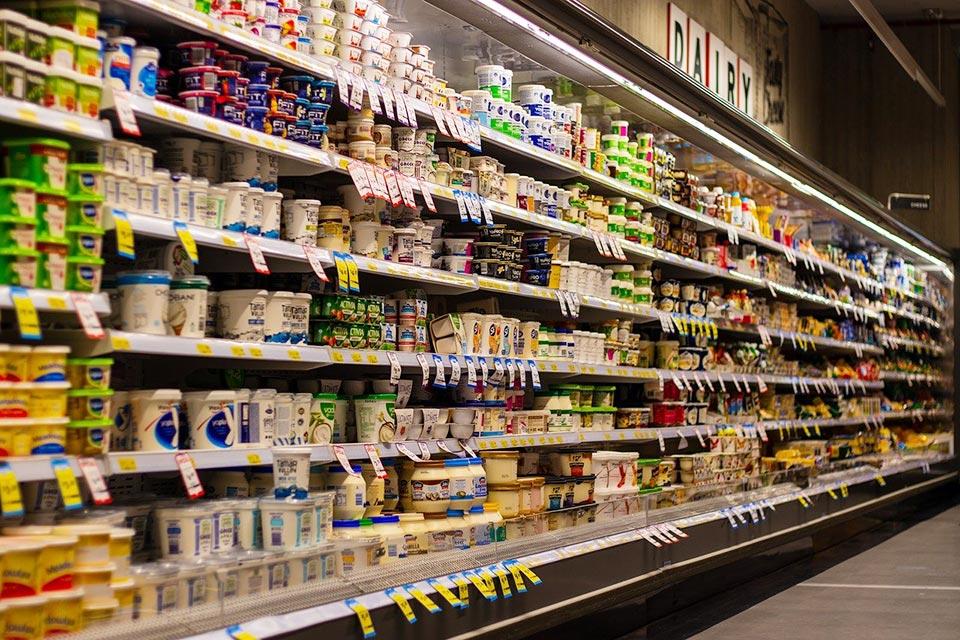Has COVID-19 halted progress in packaging sustainability?

By the end of 2019, the tide seemed to be turning on plastic and non-recyclable packaging. Thanks to Blue Planet and Greta Thunberg, pollution and climate change were hot topics, and the newfound enthusiasm for sustainability in consumers started to translate into a rapid acceleration of solutions to the planet's waste and resource crises.
Here are some of the key things that have changed in recent months to affect sustainability in packaging:
1. Oil prices dropped
This meant that plastic became more attractive from an economic perspective as the price of plastic packaging was driven down by these historically low oil and gas prices.
2. Cardboard became more scarce
Paper and cardboard recycling was disrupted to the extent that the value of new and recycled material increased, again making plastic more attractive. However, this did have the benefit of making used boxes a more obvious solution for outer packaging, helping to counteract the problem.
3. Safety became top priority
Practices changed to prioritise safety, for example, reusable cups were banned from coffee shops, and single-use items suddenly became essential, undoing all the good from 2019's campaigns against single-use plastic. It also put into question the safety of food refill stations which were starting to gain traction in order to cut down on packaging waste.
As ever, short term solutions win over long-term strategy. However, long term thinking as a habit to cultivate in business can mean that it is possible to react to short-term problems in a non-destructive way. Hopefully the 'new normal' will involve a different way of planning so that sustainable solutions are in the fall-back crisis plans too.
Featured Articles

December 08, 2025
Important dates for Christmas 2025
Here are some important dates to take note of so that you receive your boxes and packaging materials...

December 03, 2025
Options for Recycling Cardboard Boxes
How to recycle cardboard waste: a guide for business and the home The principles of recycling have b...

November 27, 2025
We are WINNERS of a National Recycling Award!
We're thrilled to announce a big win at the MRW National Recycling Awards 2025! Our pioneering cardb...

July 17, 2025
Sadlers becomes Sustainability West Midlands Member
Back in February this year we made the decision to join the Sustainability West Midlands network whi...